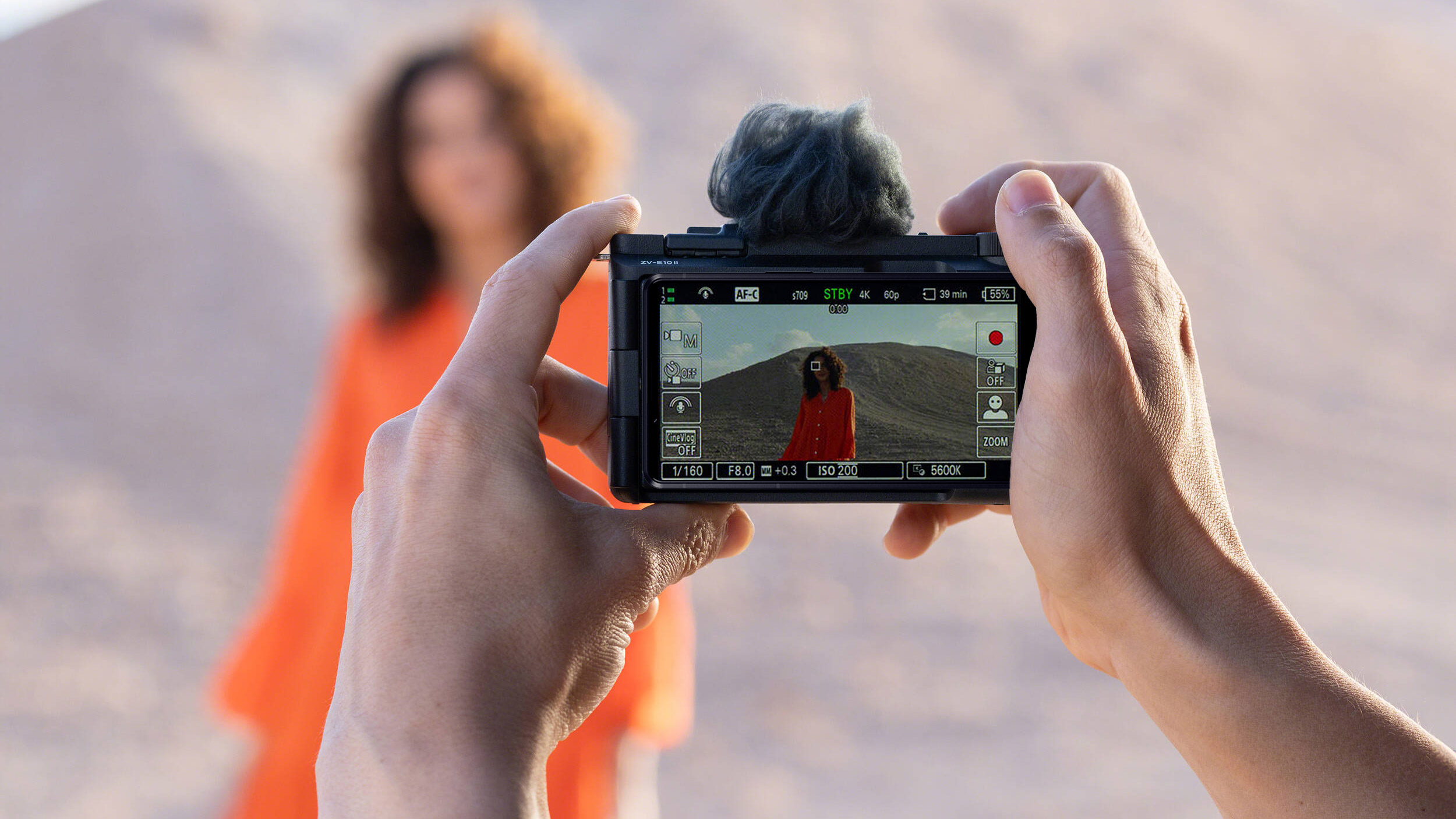The best camera lens cleaners: keep your lenses bright and clear
Dirty, smeared lenses just won’t do. Keep them spotless with these specialist camera lens cleaners
The best camera lens cleaners are essential purchases for any keen photographer. After all, if you have a lens for a few years, at some point you're going to need to clean it properly, if only to get rid of fingerprints or oily residue.
The good news though is that all lens-cleaning products are well priced, and none will leave you out of pocket. They can come in many forms, but the standard tools are usually a microfibre cloth, cleaning spray, or disposable wet wipes that are specifically designed for lenses. Nearly all of them can also be used for keeping viewfinders, LCD screens, and filters dust free.
Other products have a slightly different purpose; squeezy blowers, for instance, let you gently remove dust particles without touching the lens.
Our top picks
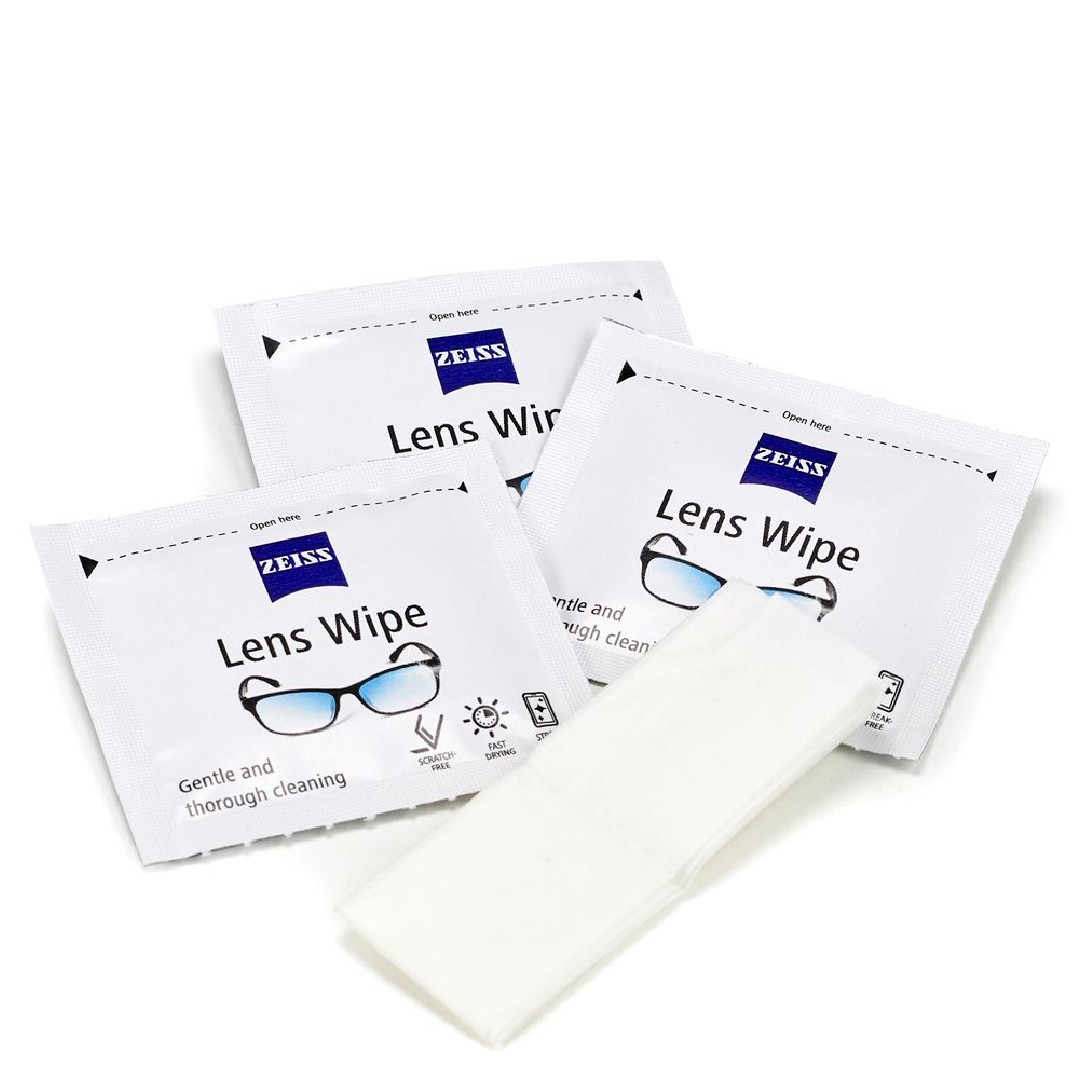
Best wipes
These pre-moistened lens wipes are extremely handy. Each one comes in a small sealed sachet and unfolds to 15x12cm – just the right size for cleaning a front or rear lens.
Read more below
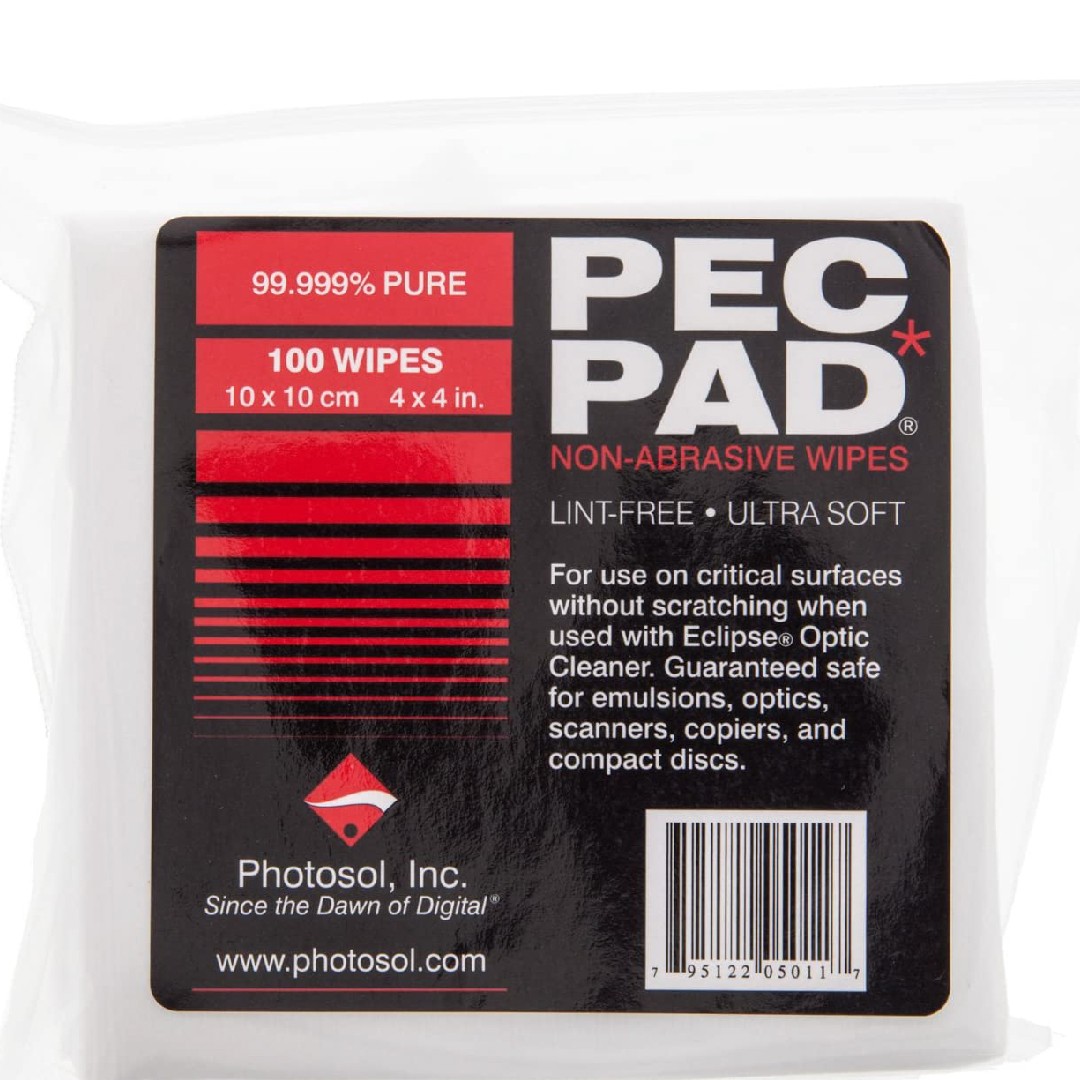
Best cloths
These lint-free cloths are disposable, and are very robust so don't tear or break. They come into their own when used to clean lenses in conjunction with a suitable cleaning liquid.
Read more below
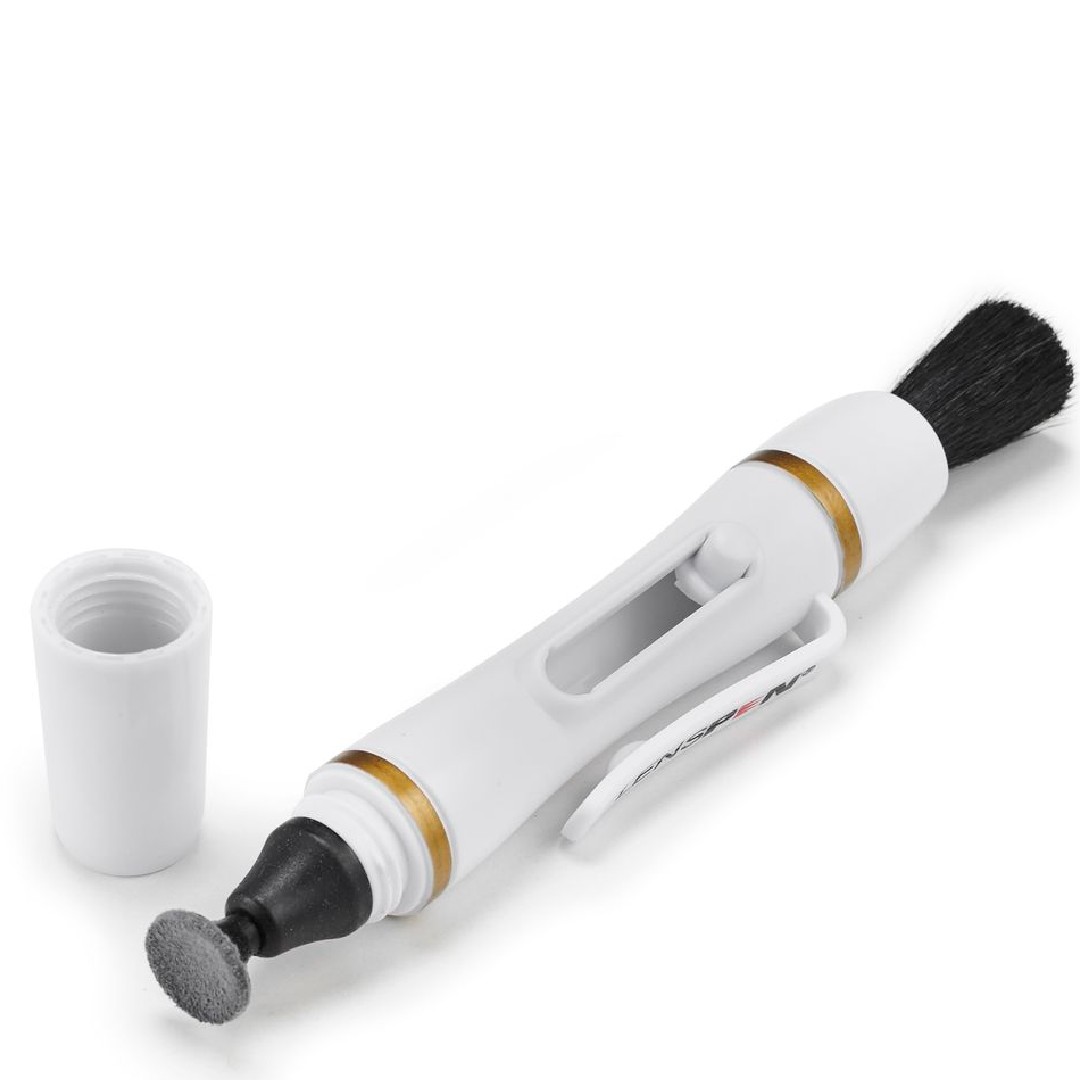
Best tool
This cleaner's 12mm diameter tip has a slightly concave surface to follow the curvature of your lens’s front element, and is coated in carbon to enable it to remove grease and fingerprints.
Read more below
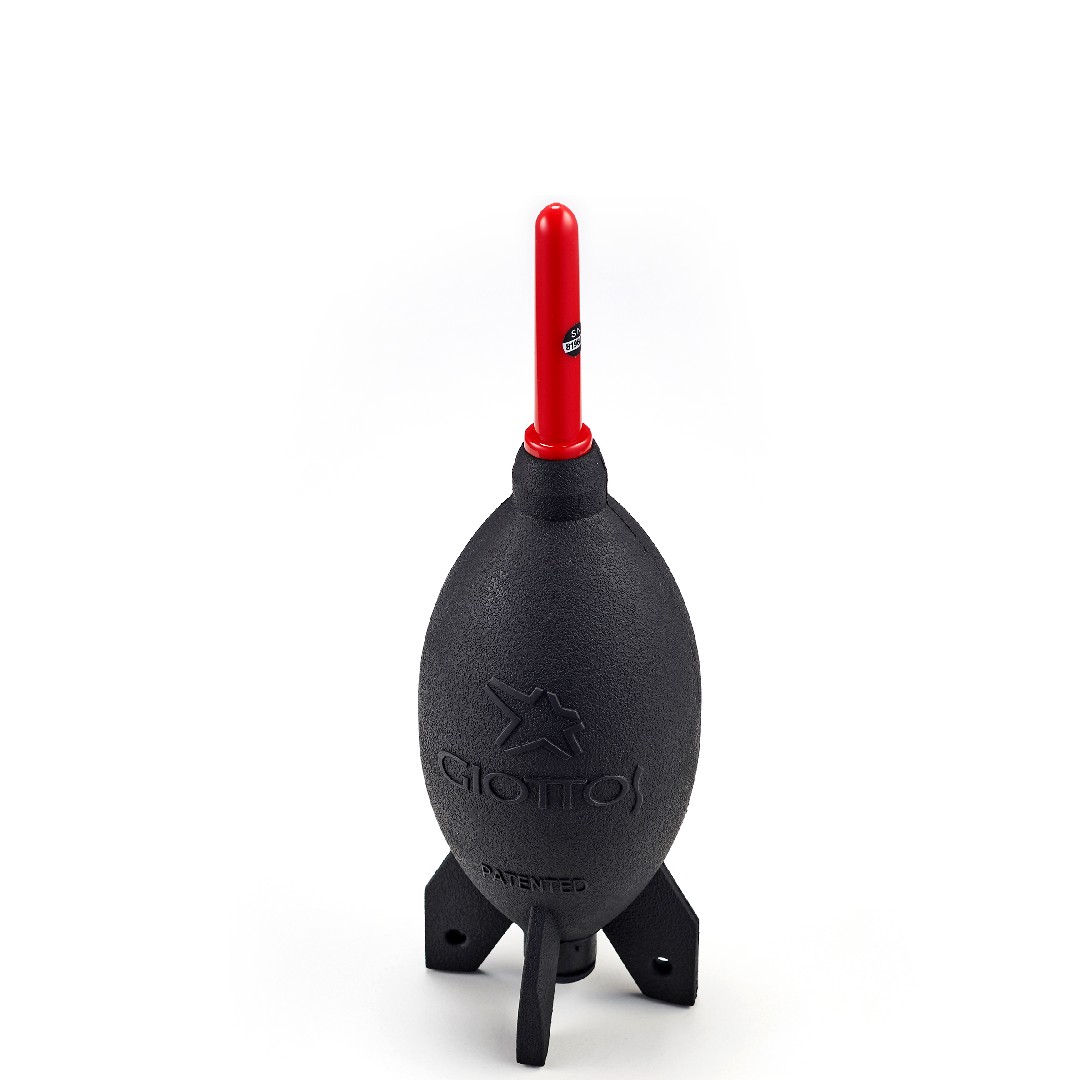
Best air blower
A blast of air is a great way of removing dust and grit from a sensor, without touching the surface. The big-bulbed Giottos Rocket is a design classic, standing up on a desk when not in use.
Read more below
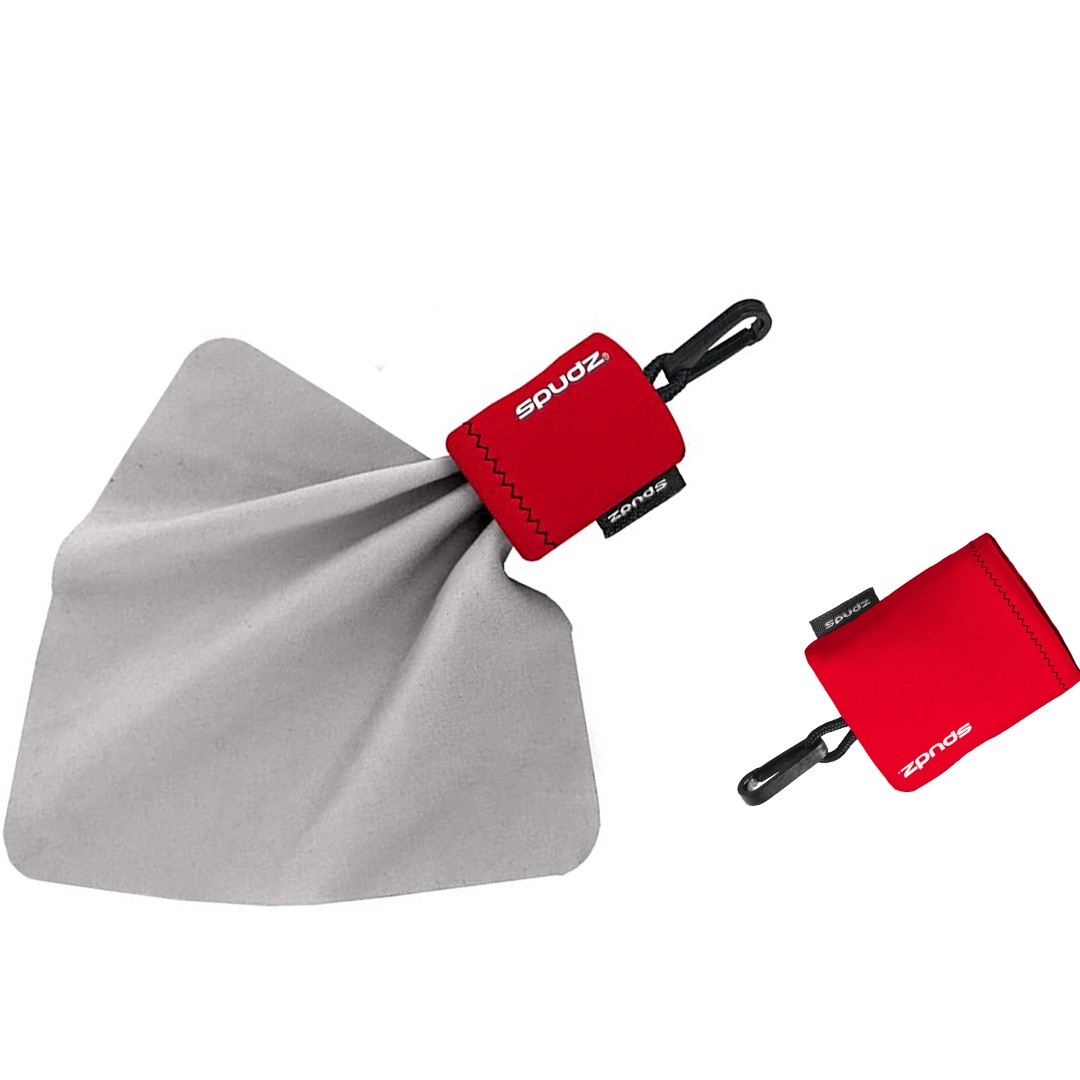
Best for travel
This cloth inside a pouch is small enough to fit into any gadget bag, but has a clip on the outside, so can be attached to your camera bag, making it easy to find and ready to use.
Read more below
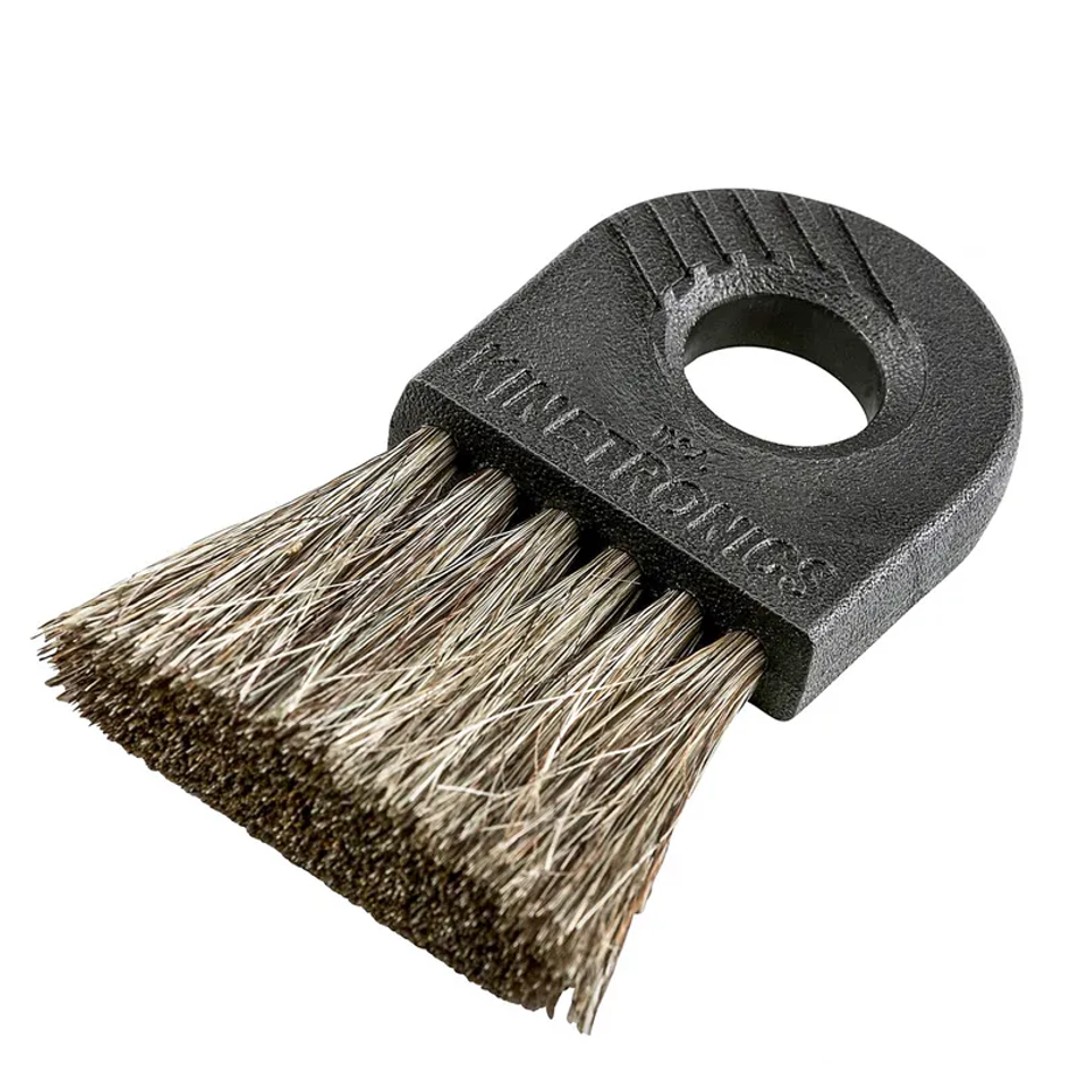
Best brush
The StaticWisk is a popular pick with photographers for getting dust off lenses and viewfinders. It uses natural hair, and a plastic handle, to help eliminate static too.
Read more below
The best lens cleaners
Why you can trust Digital Camera World
The best camera lens cleaning wipes
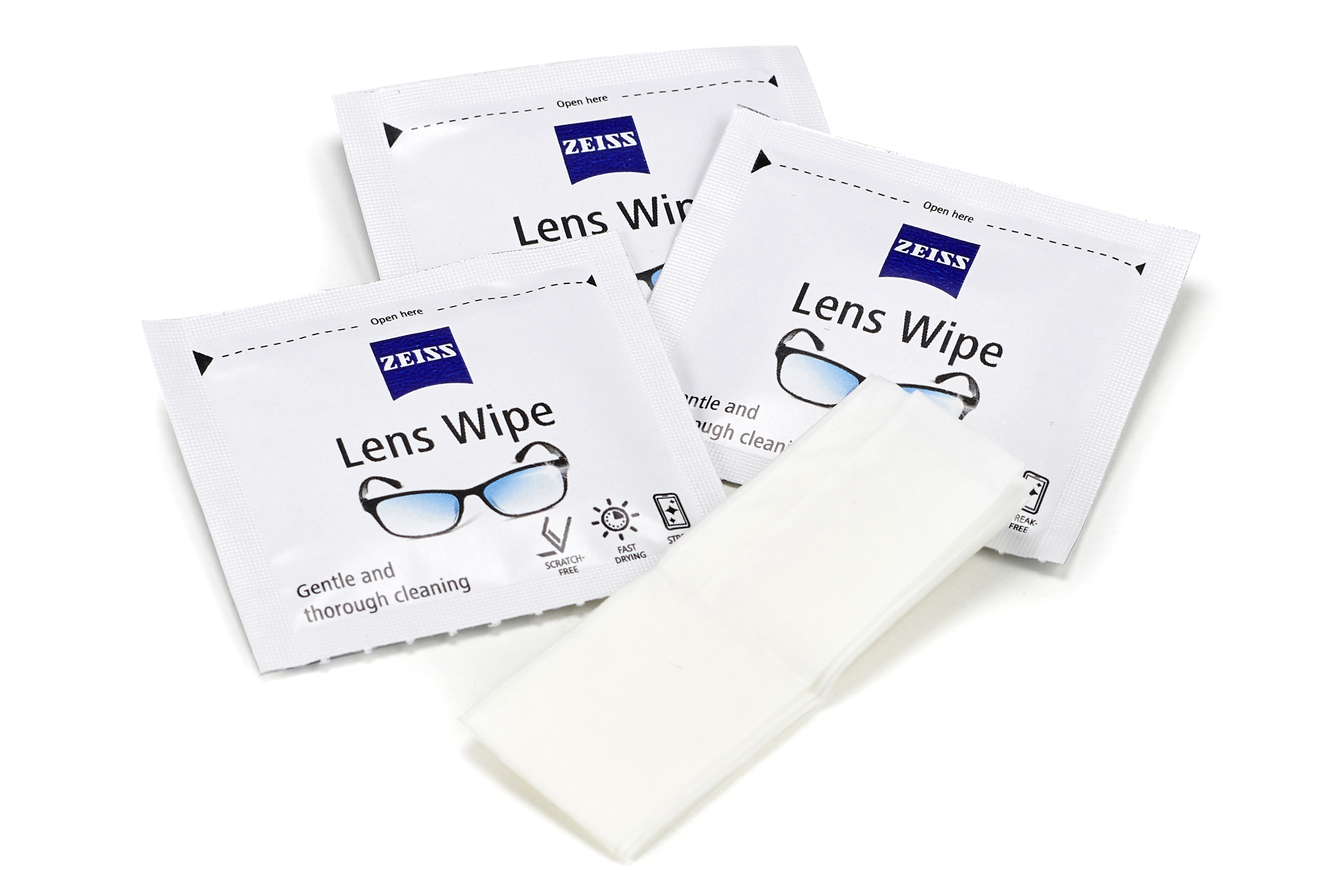
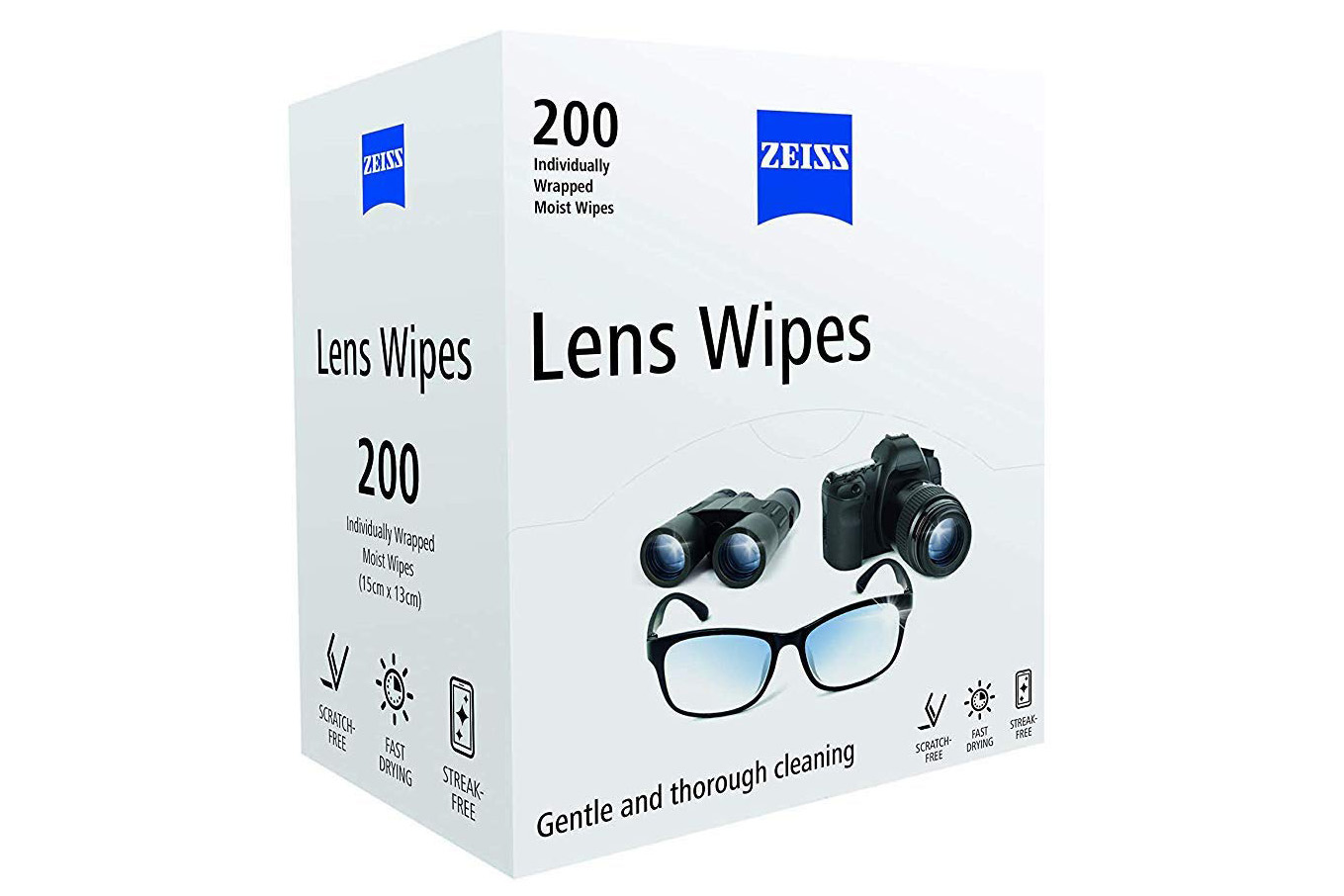
1. Zeiss Lens Cleaning Wipes
Our expert review:
Specifications
Reasons to buy
Reasons to avoid
You could clean your lenses with the tried and tested combo of a microfibre cloth and specialist cleaning spray, but there’s a risk the cloth will pick up dirt in your kit bag, while the spray takes up valuable space. These pre-moistened lens wipes, on the other hand, are extremely handy. Each wipe comes in a small 5cm-square sealed sachet and unfolds to 15x12cm – just the right size for cleaning a front or rear lens element.
Right out of the pack we found our wipes to be slightly too moist, leaving some initial streaks due to the excess fluid on the lens. However this does eventually evaporate to leave a clean, streak-free and crystal-clear finish. The wipes pick up dust particles effectively, though it’s advisable to first blow away excessive amounts of dust away with a squeezy blower.
These wipes are also great value when purchased as a box of 200.
Best camera lens cleaning cloths

2. Photographic Solutions PEC Pads
Specifications
Reasons to buy
Reasons to avoid
PEC Pads are widely respected in the photographic industry for their ability to clean up all sorts of photographic problems. The lint-free cloths are disposable - and are really robust so don't tear or break.
They can be used dry to clean things like screens and the front of lenses, but come into their own when used in conjunction with a suitable cleaning liquid. Photographic Solutions' own Eclipse solution is what is recommended for cleaning lenses – but has to be bought separately (see number 8 on our list)
PEC Pads can also be used for cleaning fingerprints, sticky residues and mold from slides and negatives prior to scanning – although for this you will have to use Photography Solutions PEC-12 liquid.
• See also Best film scanners
The best camera lens cleaning tool
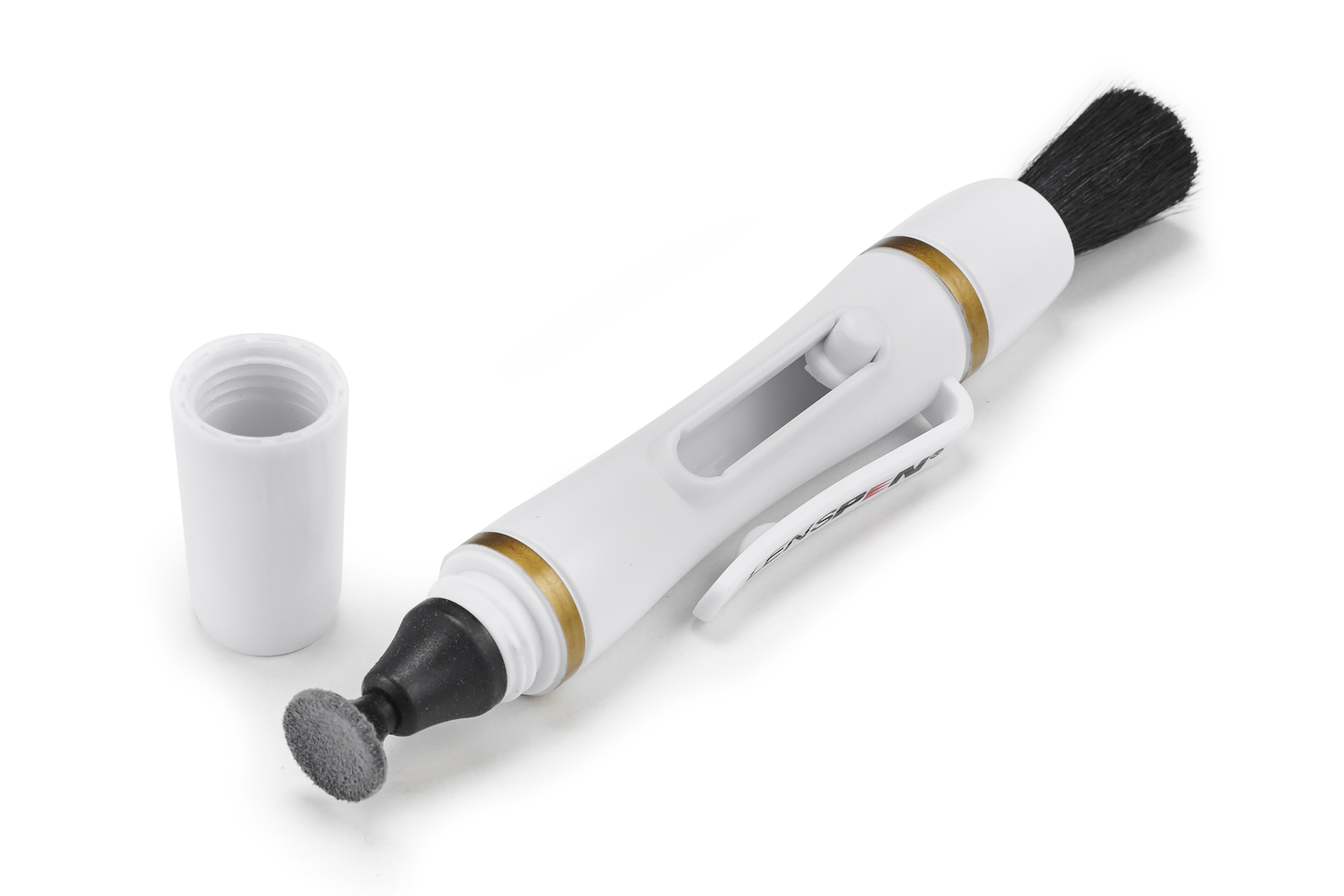
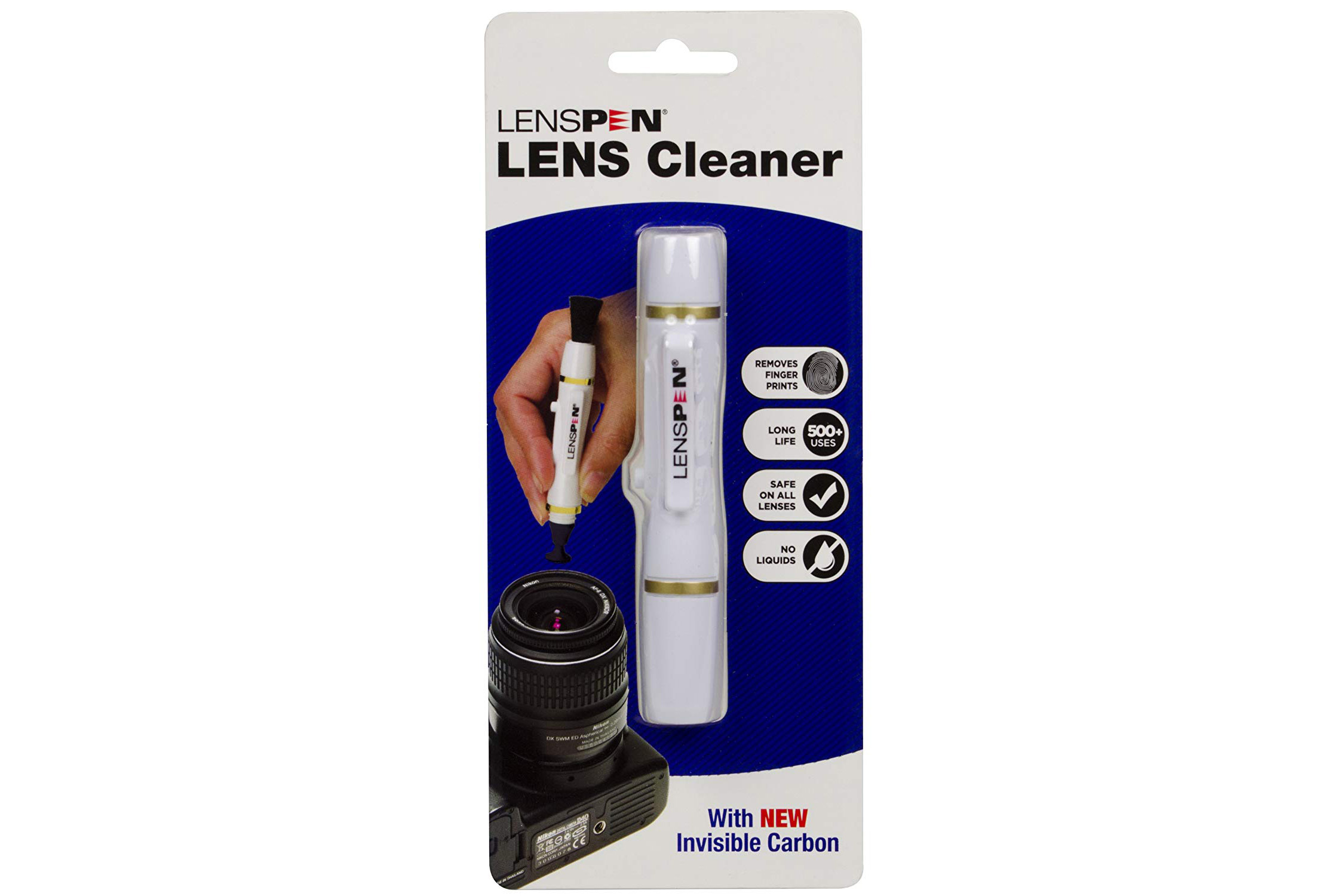
3. LensPen NLP-1
Specifications
Reasons to buy
Reasons to avoid
The basic LensPen design has been around for many years and now comes in various sizes to suit lenses from large DSLR optics down to tiny phone camera hardware. This NLP-1 variant is the original design, suitable for larger lenses. Its standout feature is its 12mm diameter tip. This has a slightly concave surface to follow the curvature of your lens’s front element, and is coated in carbon to enable it to remove grease and fingerprints without resorting to a liquid cleaner.
Amazingly, the system works. Lenses with lots of fingerprints will require around 10 seconds of wiping with the carbon tip to achieve a perfect finish, but more typically marked optics come up gleaming in moments.
The carbon tip can be ‘recharged’ by rubbing it against the inside of its protective cover and should be good for around 500 cleans. The other end of the pen houses a retractable brush; useful for an initial sweep if your lens is particularly dusty. LensPen also makes a LensPen DSLR Pro Kit including the LensPen Original, MicroPro, and FilterKlear, with a microfibre carrying pouch that can double as a cleaning cloth.
The best air blower
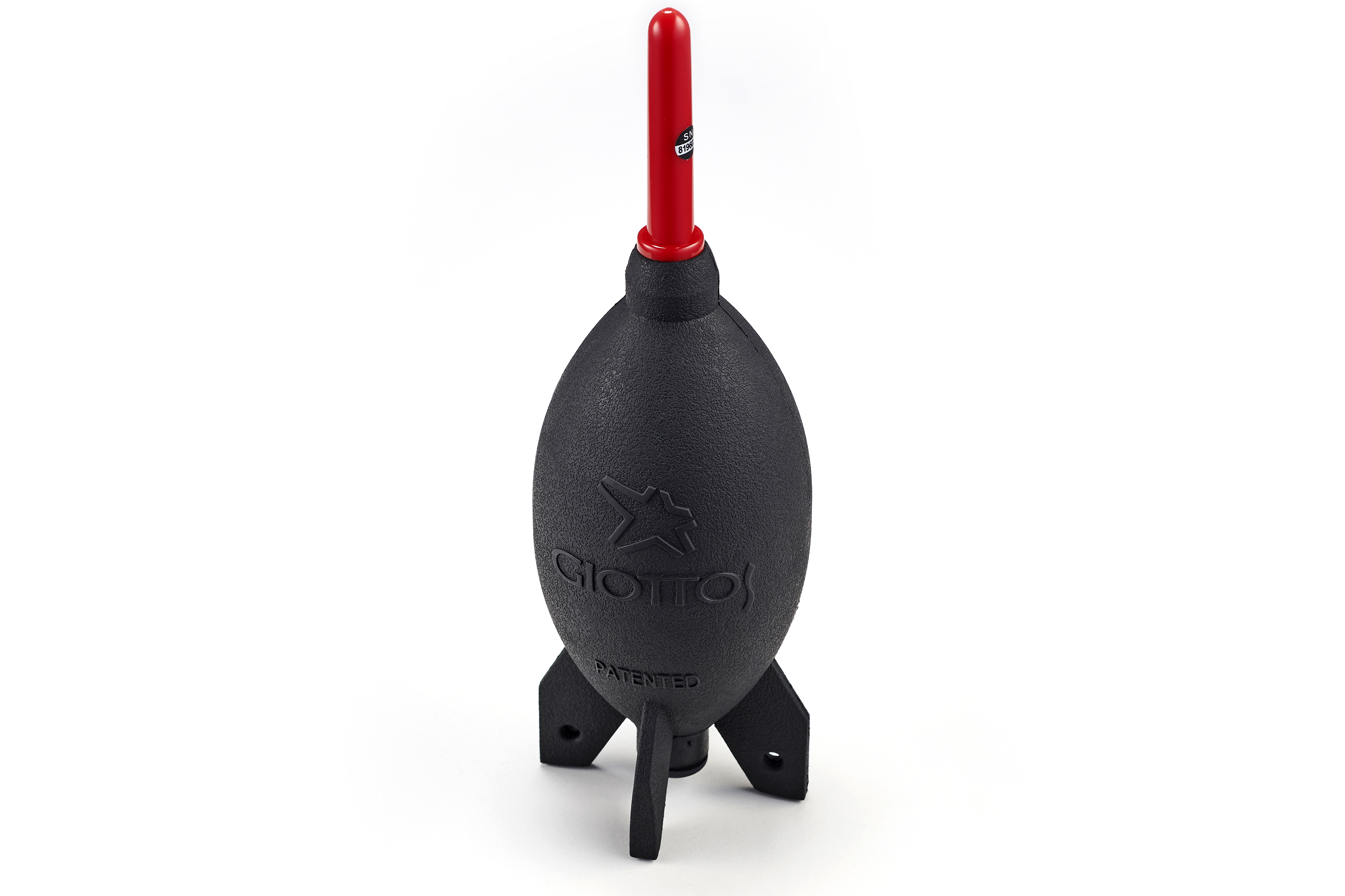
4. Giottos Rocket Air Blower
Specifications
Reasons to buy
Reasons to avoid
Squeezy blowers like this are a simple but effective way to remove loose dust and dirt from your lens, and what’s more, they’re equally useful for blowing dust off your camera’s image sensor, or even giving a dusty computer keyboard a quick spruce-up.
This particular blower works exactly as advertised, directing a powerful, focussed jet of air right where it’s needed. The ‘rocket’-inspired design also lets you stand the blower up on end so it won’t roll away. High-pressure air won’t do anything about smears and oils on your glass, though, so wipes or a spray cleaner will still be required to shift these.
The best camera lens cleaner for travel
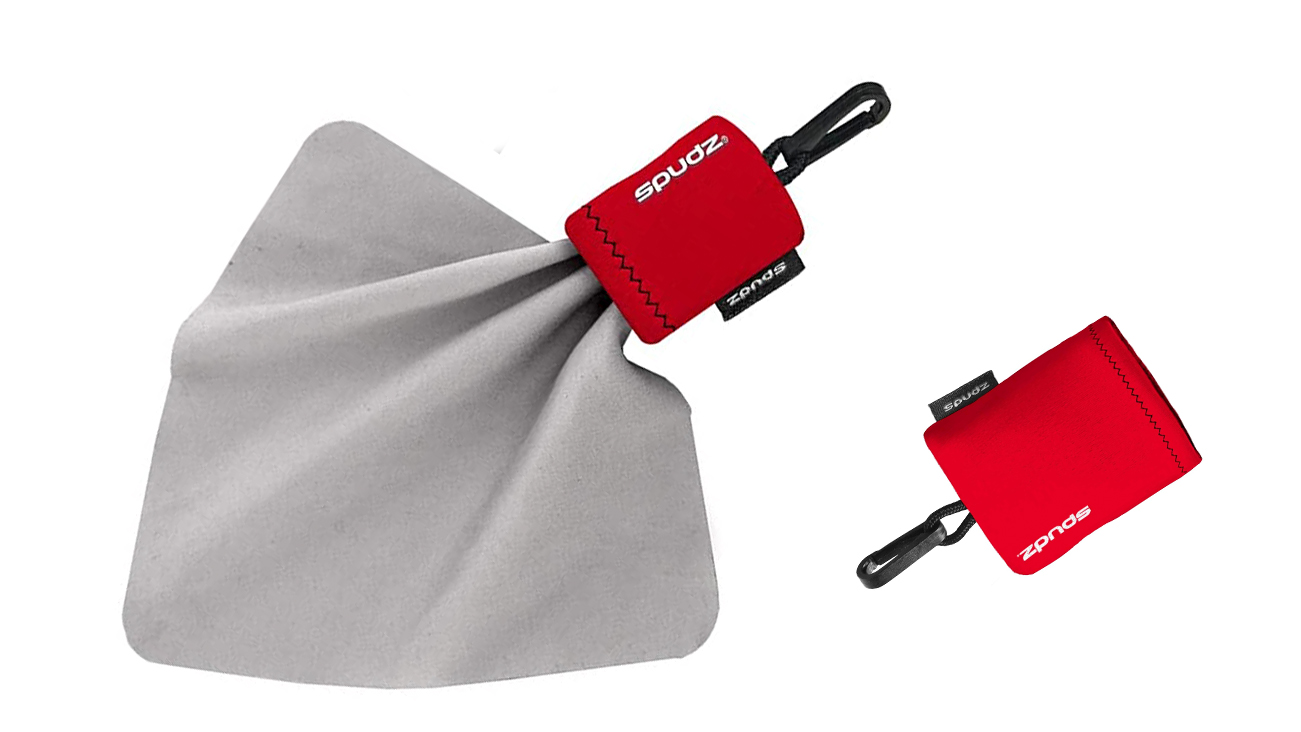
5. Alpine Innovations Spudz Classic
Specifications
Reasons to buy
Reasons to avoid
The Spudz is something of a classic, providing you a 6x6-inch (15x15cm) microfiber cloth which folds into the attached neoprene pouch. It is small enough to fit into any gadget bag – but has a clip on the outside, so can be attached to your backpack or camera bag, so it is easy to find and ready to use. A wide range of pouch colors and designs are available, to add some fun to this worth, if simple, accessory.
Best anti-static brush
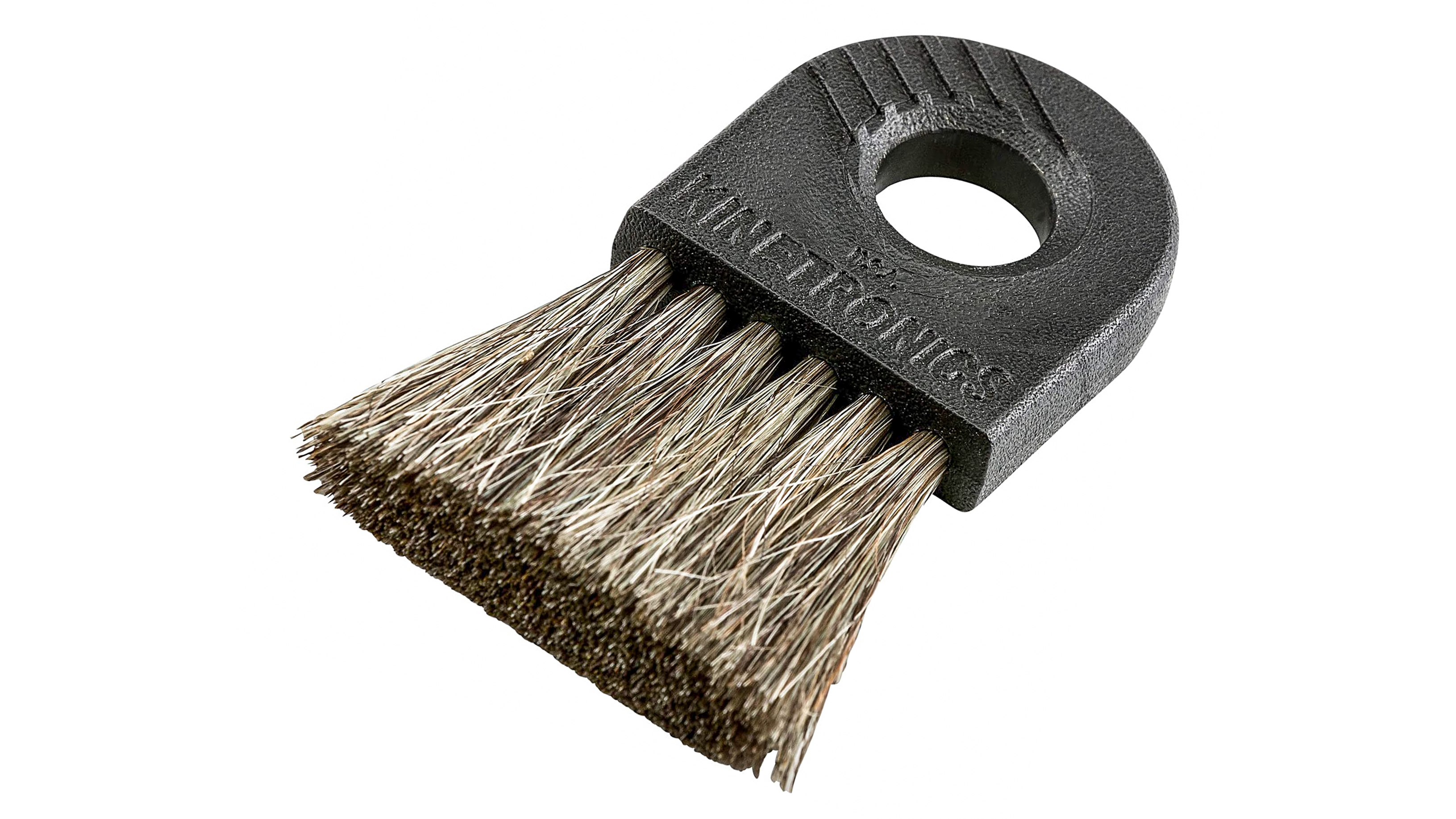
6. Kinetronics StaticWisk
Specifications
Reasons to buy
Reasons to avoid
Looking like a miniature wallpapering brush, the StaticWisk is a popular pick with photographers for getting dust off lenses and viewfinders. It uses natural hair, and a plastic handle, to help eliminate static too – so that dust doesn't resettle as soon as it is wiped away. It can be cleaned with shampoo and water to keep it in tiptop condition. Kinetronics make this brush in a variety of sizes, but the SW-030 model with a 1 1/4in width is the best all-round choice for cameras and lenses.
Best camera lens cleaning spray

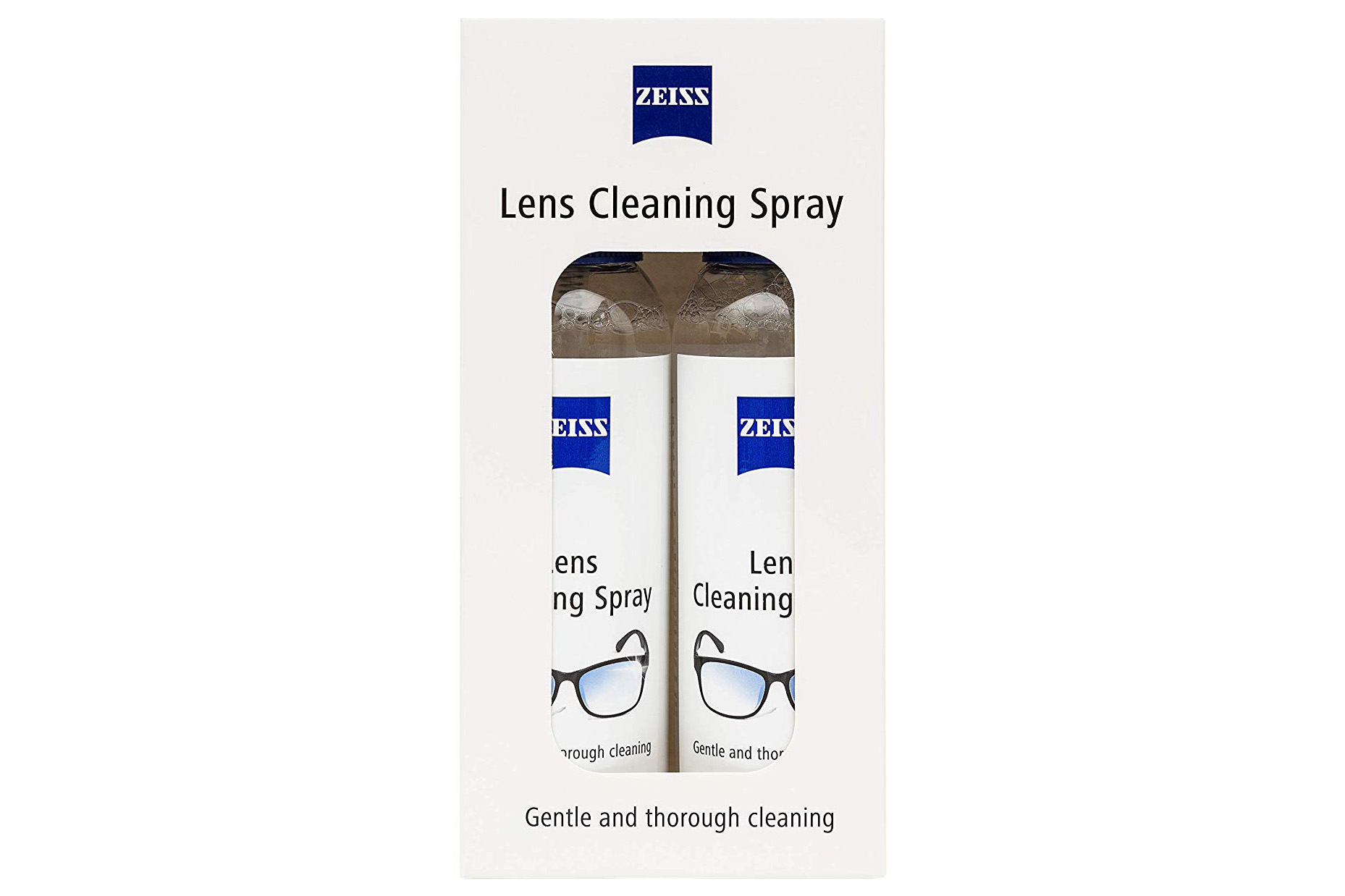
7. Zeiss Lens Cleaning Spray
Specifications
Reasons to buy
Reasons to avoid
When a simple microfiber cloth just isn’t enough to perform a perfect clean, try pairing it with a lens cleaning spray. There are many available, but if you’re going to trust a fluid on your prized optics, you can be fairly sure a spray from Zeiss will be a safe bet. You get two 120ml spray bottles in this pack, though capacity and bundle options may vary according to country and retailer.
Of course, a spray alone isn’t much good, so you’ll need to combine it with a good microfibre cloth. With this combo, it works a treat. One or two squirts onto the cloth is enough to clean a larger diameter front lens element, and the final result is flawless. No streaks, and no residue left from the spray itself.
The only real downside is even at a modest 120ml capacity, each bottle still takes up valuable space in a smaller kit bag, and we’re not overly keen about storing a bottle of liquid next to sensitive electronics.
Best specialist lens cleaner
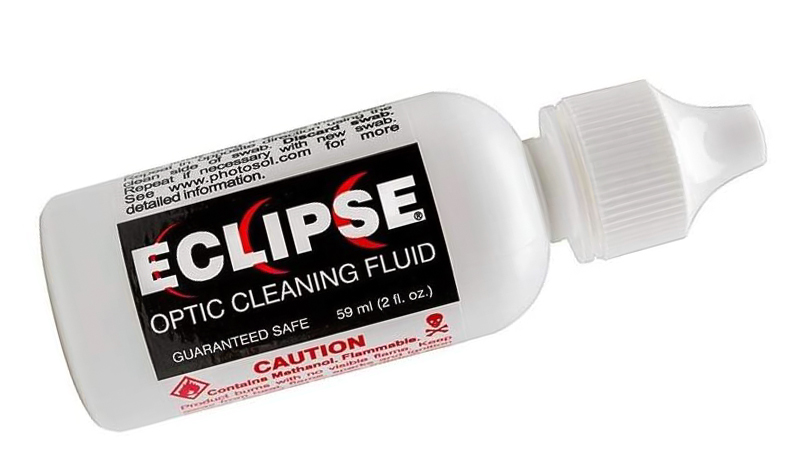
8. Photographic Solutions Eclipse
Specifications
Reasons to buy
Reasons to avoid
Here's our favourite specialist optical cleaning solution designed for professional photographic use. Eclipse can be used with PEC Pads to clean lenses and other camera surfaces – but can also be used as a camera sensor cleaner if applied to the right-sized Photographic Solutions SensorSwabs.
FAQs
How often should I clean my camera lens?
How often you clean your camera depends on how frequently you use it and under what conditions. As a general rule, it's good practice to clean your camera lens whenever you notice dirt, smudges, or other debris affecting image quality.
How do I clean my camera lens properly?
First, use a lens blower or brush to remove any loose particles from the lens surface. Then, apply a small amount of lens cleaning solution to a lens cleaning tissue or microfiber cloth and gently wipe the lens surface in a circular motion. Avoid applying excessive pressure and be sure to use a clean portion of the cloth for each wipe. Finish by using a lens cleaning pen to remove any remaining smudges or marks.
Can I use household cleaning products to clean my camera lens?
It's not recommended to use household cleaning products, such as glass cleaner or alcohol-based solutions, to clean camera lenses. These products may contain harsh chemicals that can damage lens coatings or other delicate components.
How to choose the best camera lens cleaner
The best lens cleaner for you will depend on what you need it for. Here's a quick breakdown of the main factors to consider.
1. Dry cleaning: Just need to clean some dust or light fingerprints? Try a blower, tissue, or microfiber cloth.
2. Wet cleaning: To shift lots of fingerprints, smudges and oily residue, you'll need wet wipes or a liquid spray.
3. Space-saving: Nobody wants to carry unnecessary bulk. Consider wipes or a microfibre cloth for convenient on-the-go cleaning.
4. Safety first: Don’t use any old cleaning fluid on a lens; only products designed for precision coated optics will do.
5. The extra mile: Add a protector filter to a frequently-used lens to protect the front element from excessive dirt and scratches.
How we test camera lens cleaners
When testing camera lens cleaners, we prioritize effectiveness, safety, and ease of use. We subject cleaners to various lens conditions, including dust, fingerprints, and smudges, to assess their cleaning power without causing damage or leaving residue. We also consider factors like compatibility with lens coatings and materials, ensuring products are suitable for a wide range of lenses.
Read more:
The best camera sensor cleaners
Cleaning a camera lens: tips for removing dust and fingerprints
50 best camera accessories, gadgets and gifts for photographers
Best underwater housings for cameras and phones
Get the Digital Camera World Newsletter
The best camera deals, reviews, product advice, and unmissable photography news, direct to your inbox!
Ben is the Imaging Labs manager, responsible for all the testing on Digital Camera World and across the entire photography portfolio at Future. Whether he's in the lab testing the sharpness of new lenses, the resolution of the latest image sensors, the zoom range of monster bridge cameras or even the latest camera phones, Ben is our go-to guy for technical insight. He's also the team's man-at-arms when it comes to camera bags, filters, memory cards, and all manner of camera accessories – his lab is a bit like the Batcave of photography! With years of experience trialling and testing kit, he's a human encyclopedia of benchmarks when it comes to recommending the best buys.

